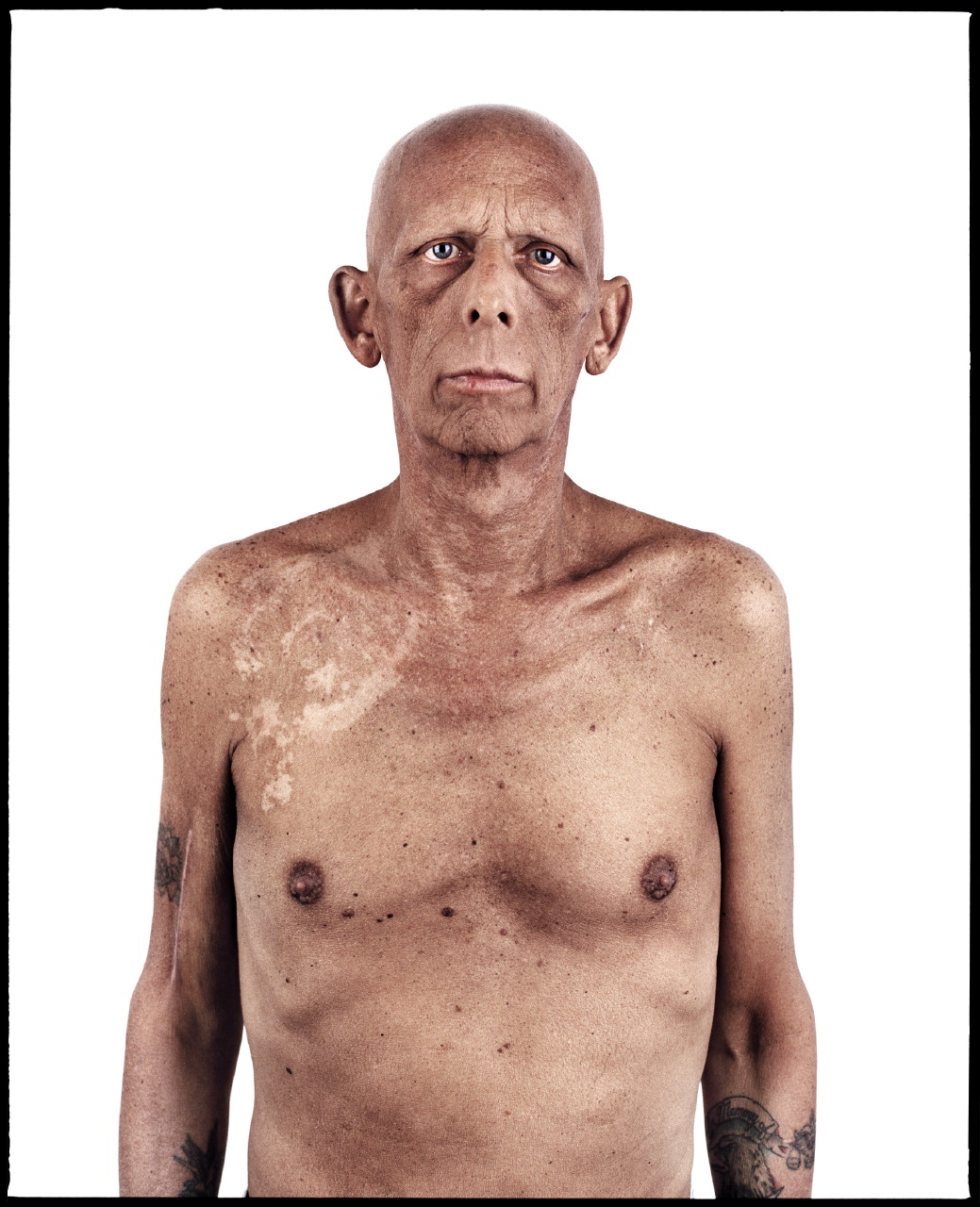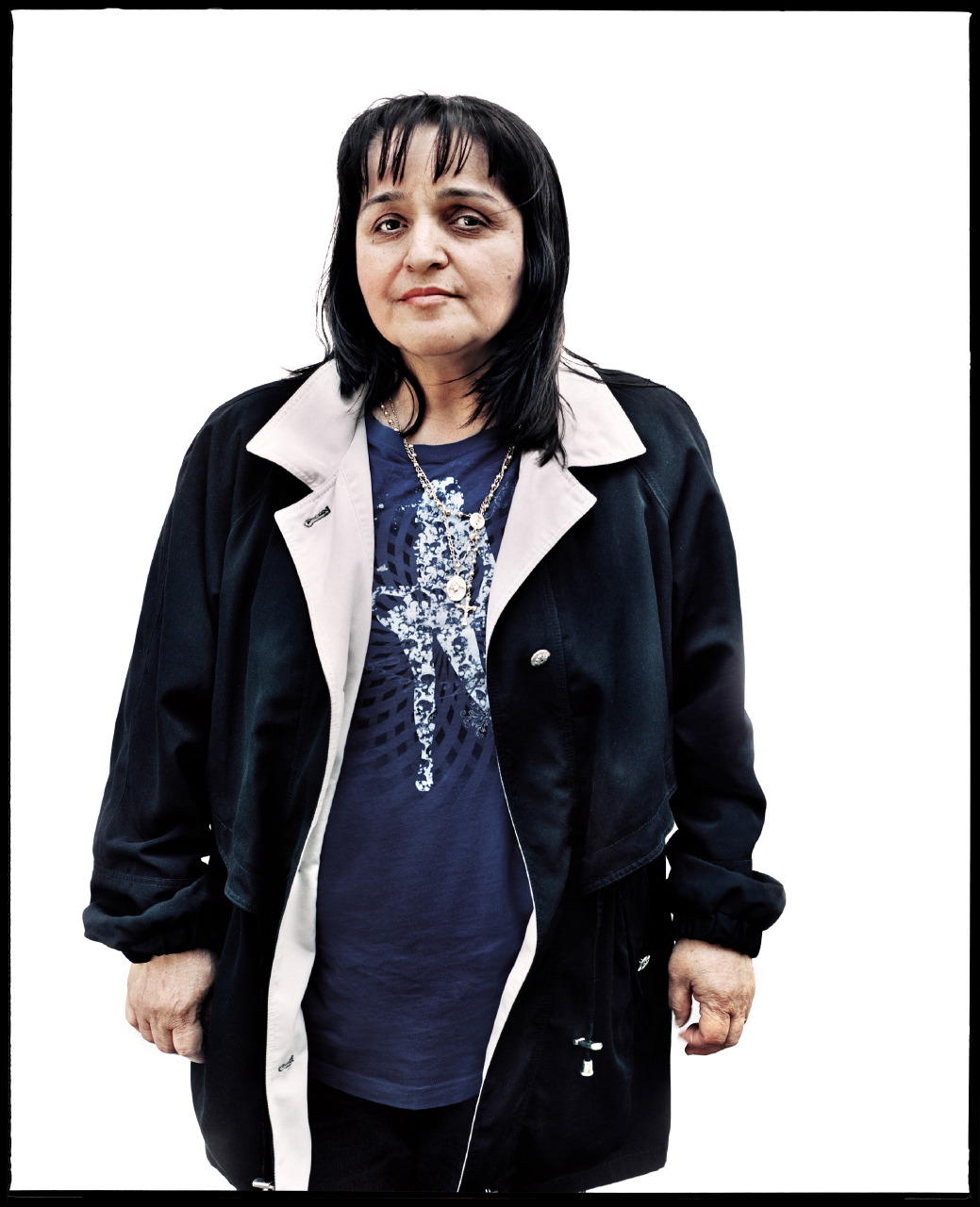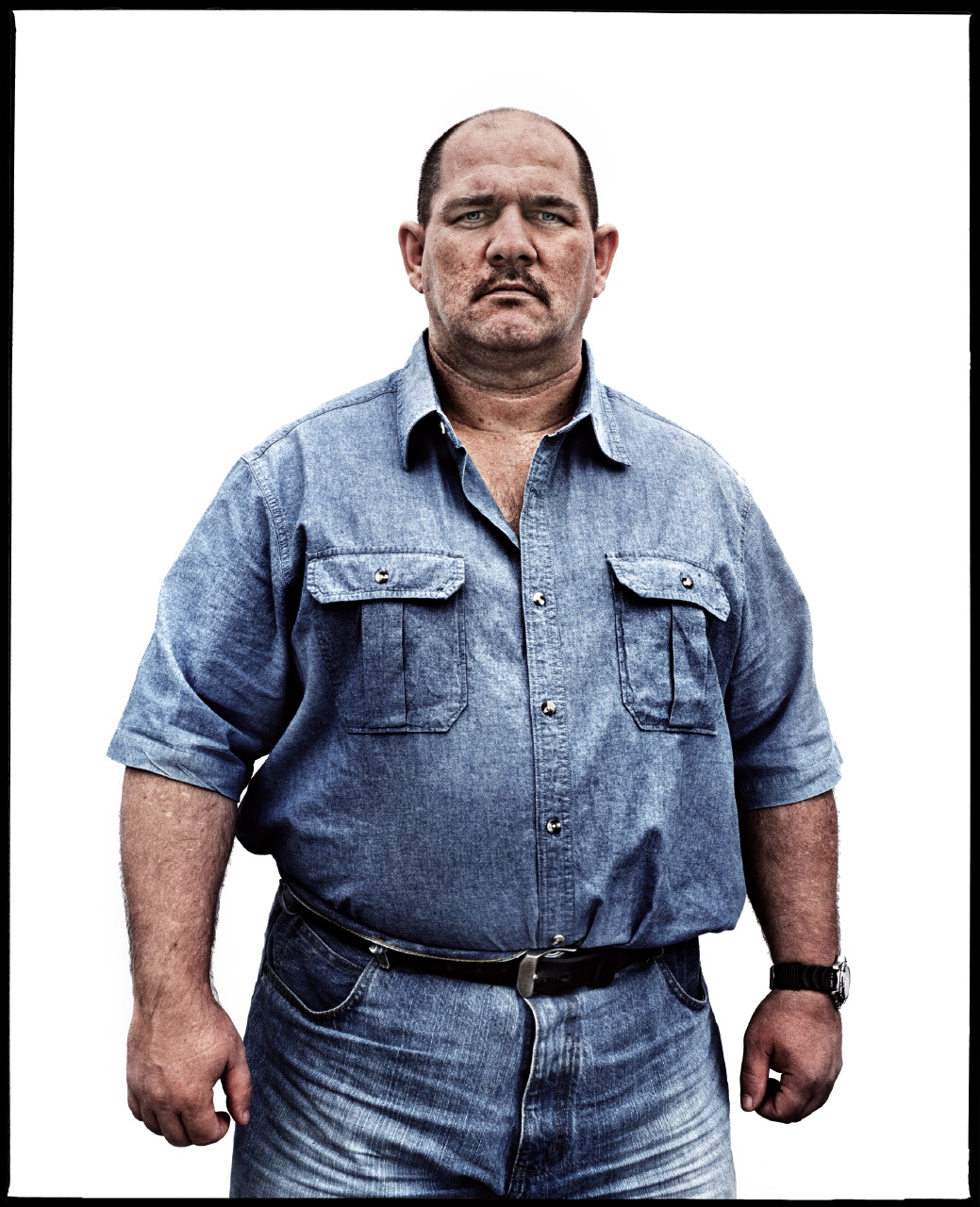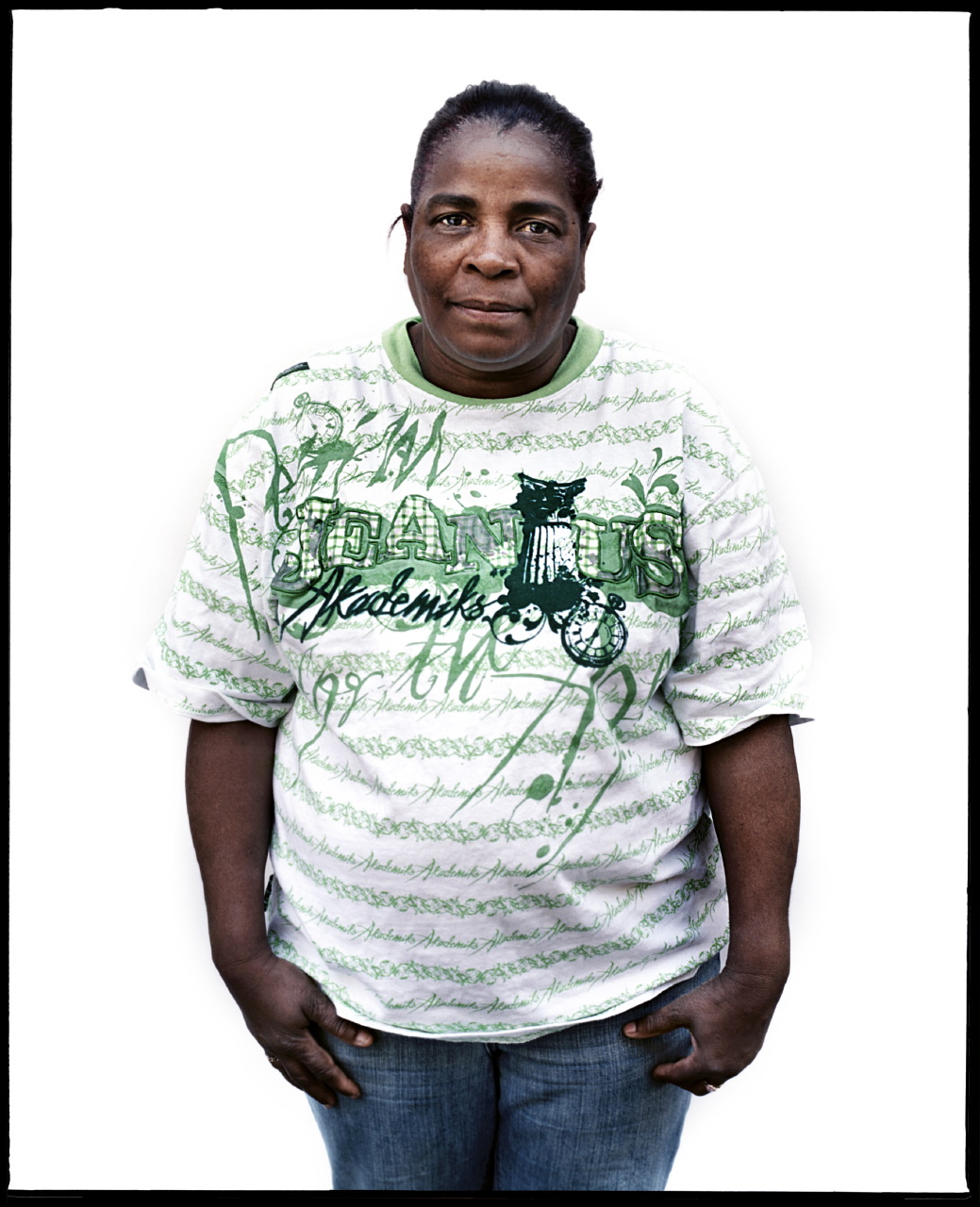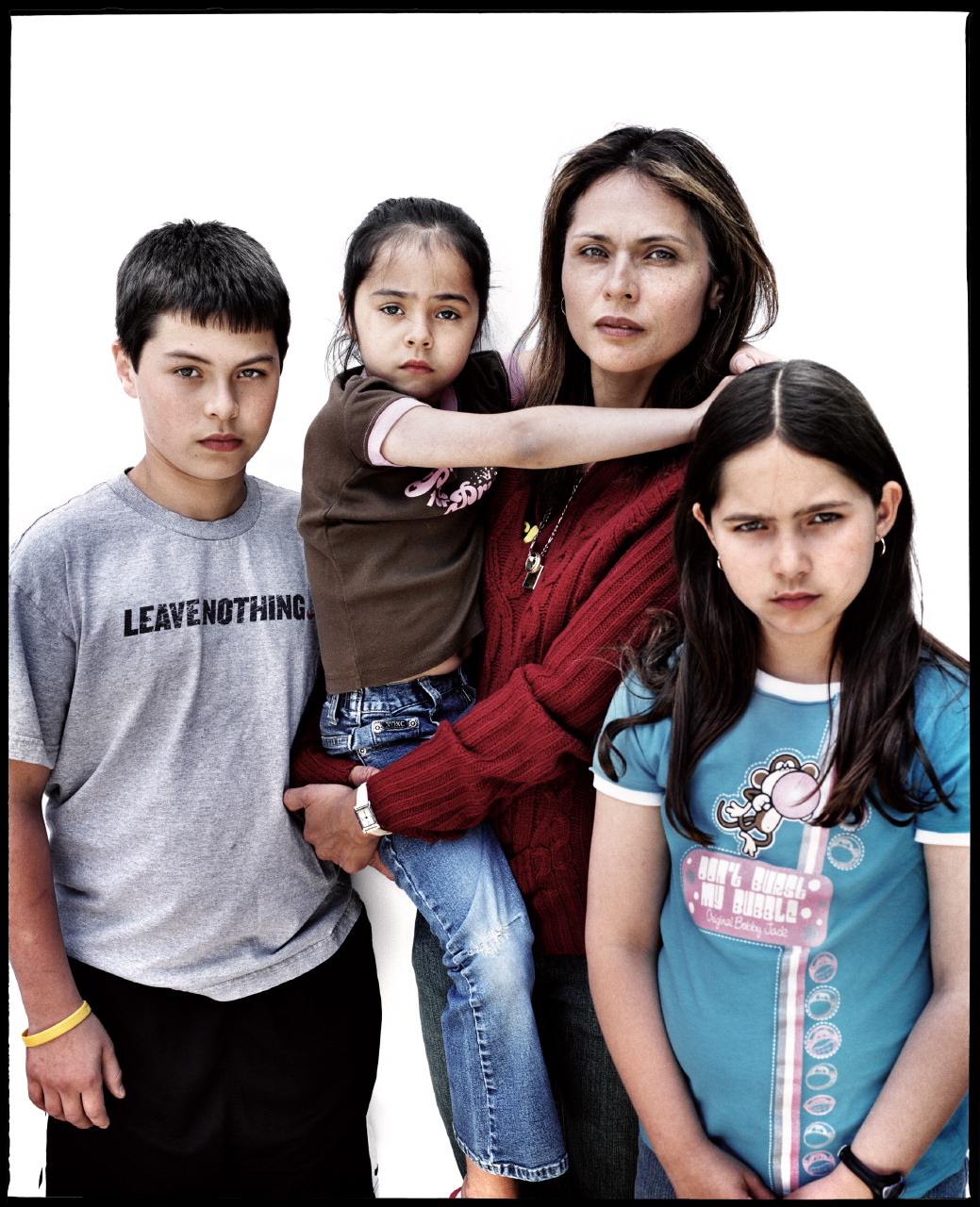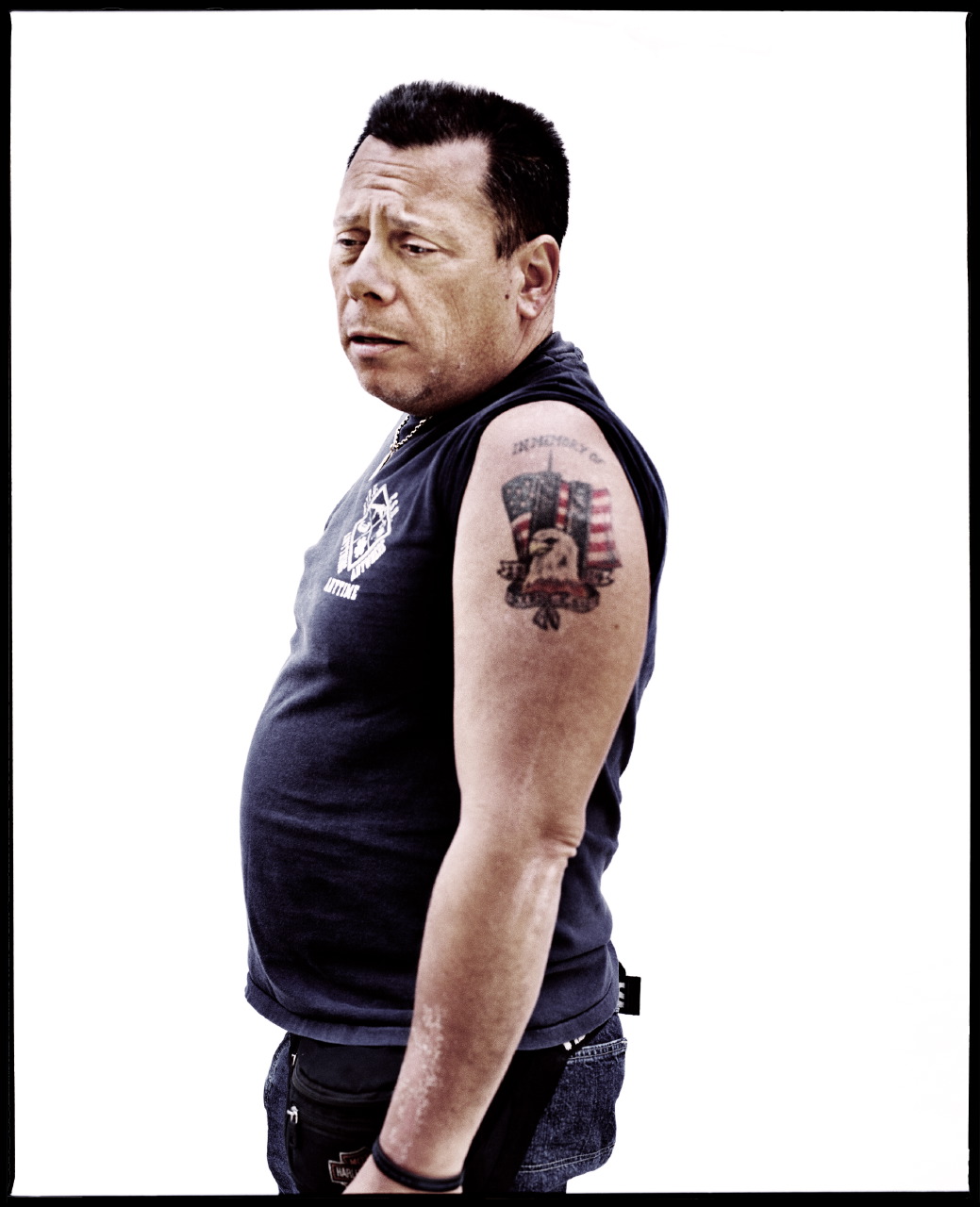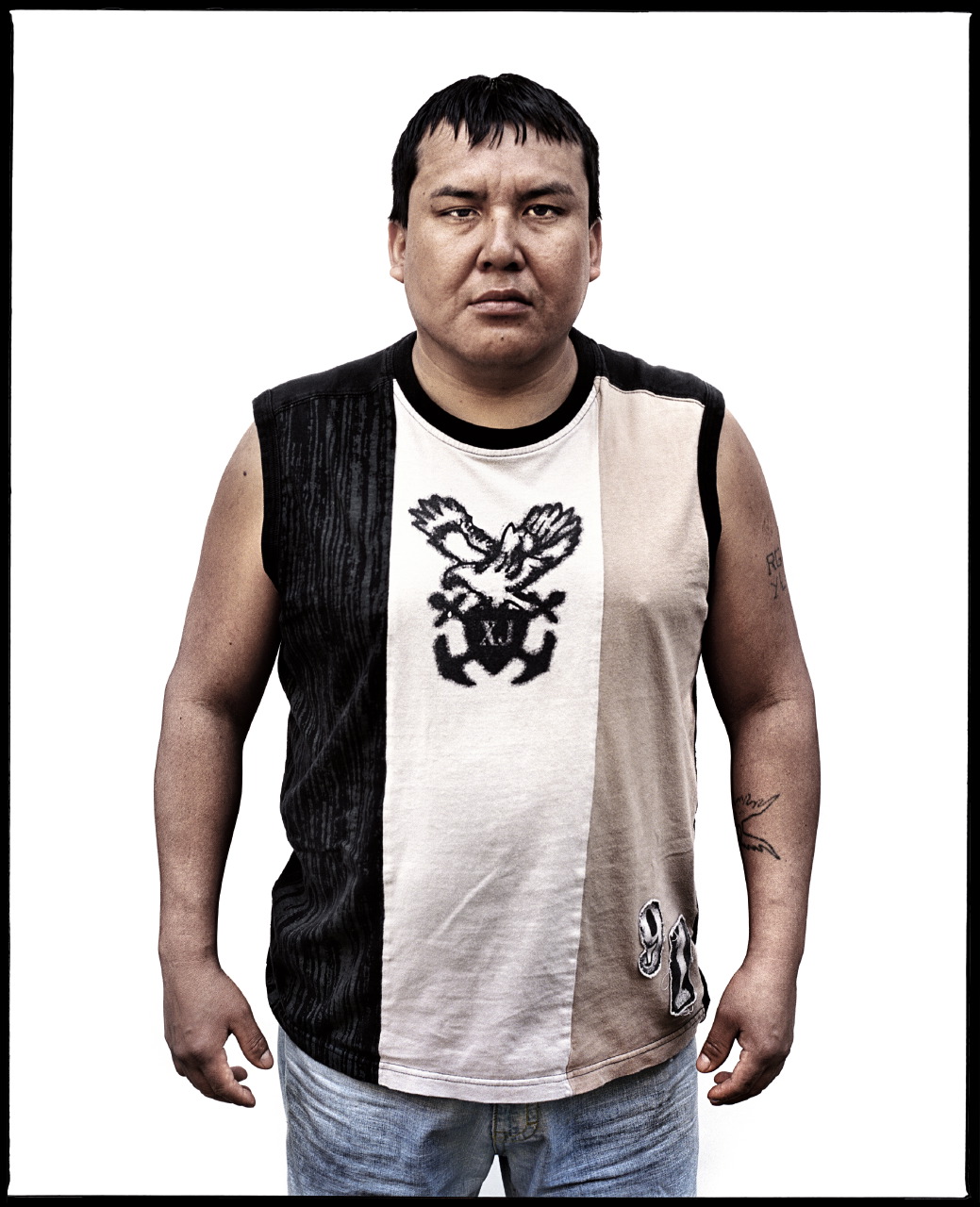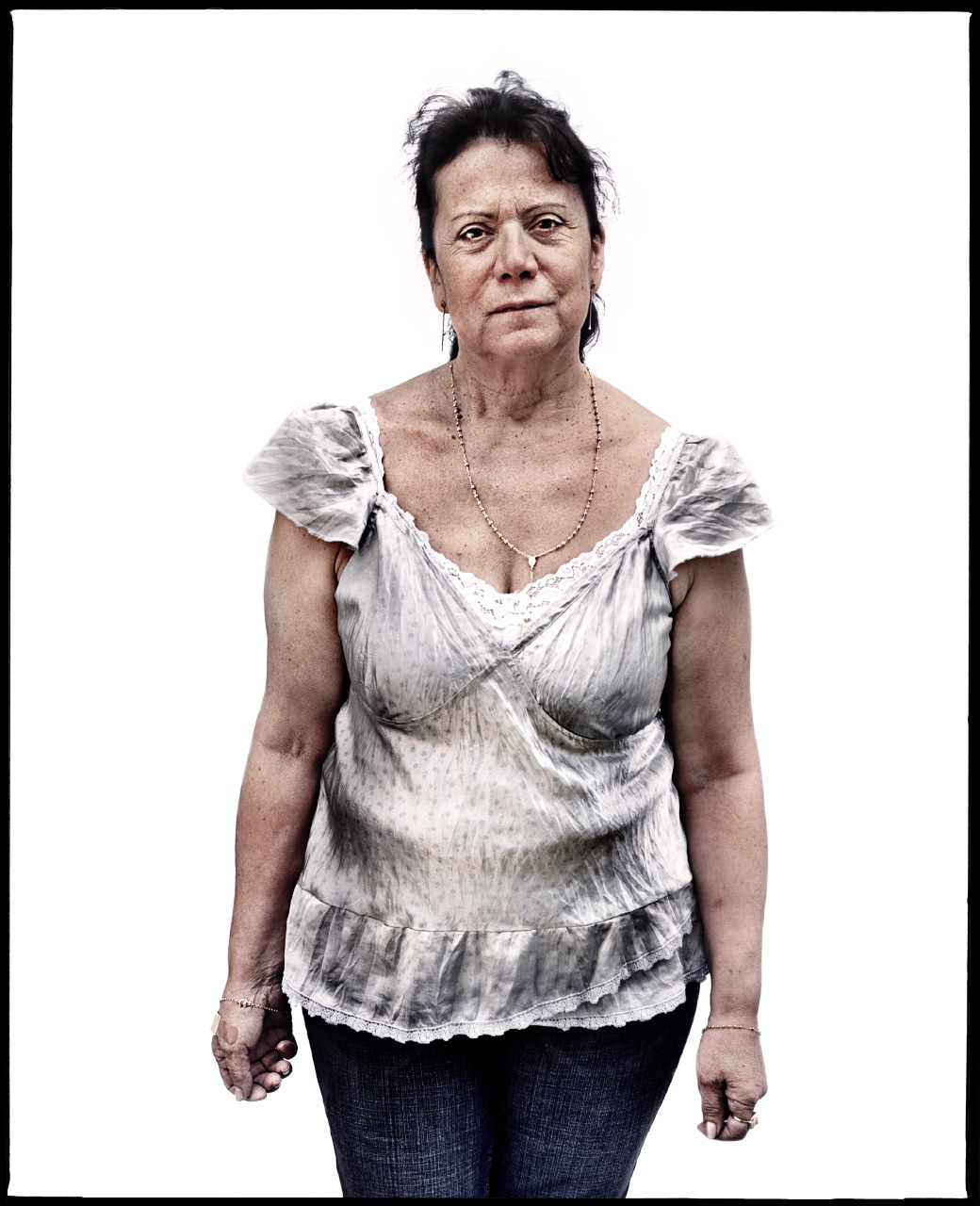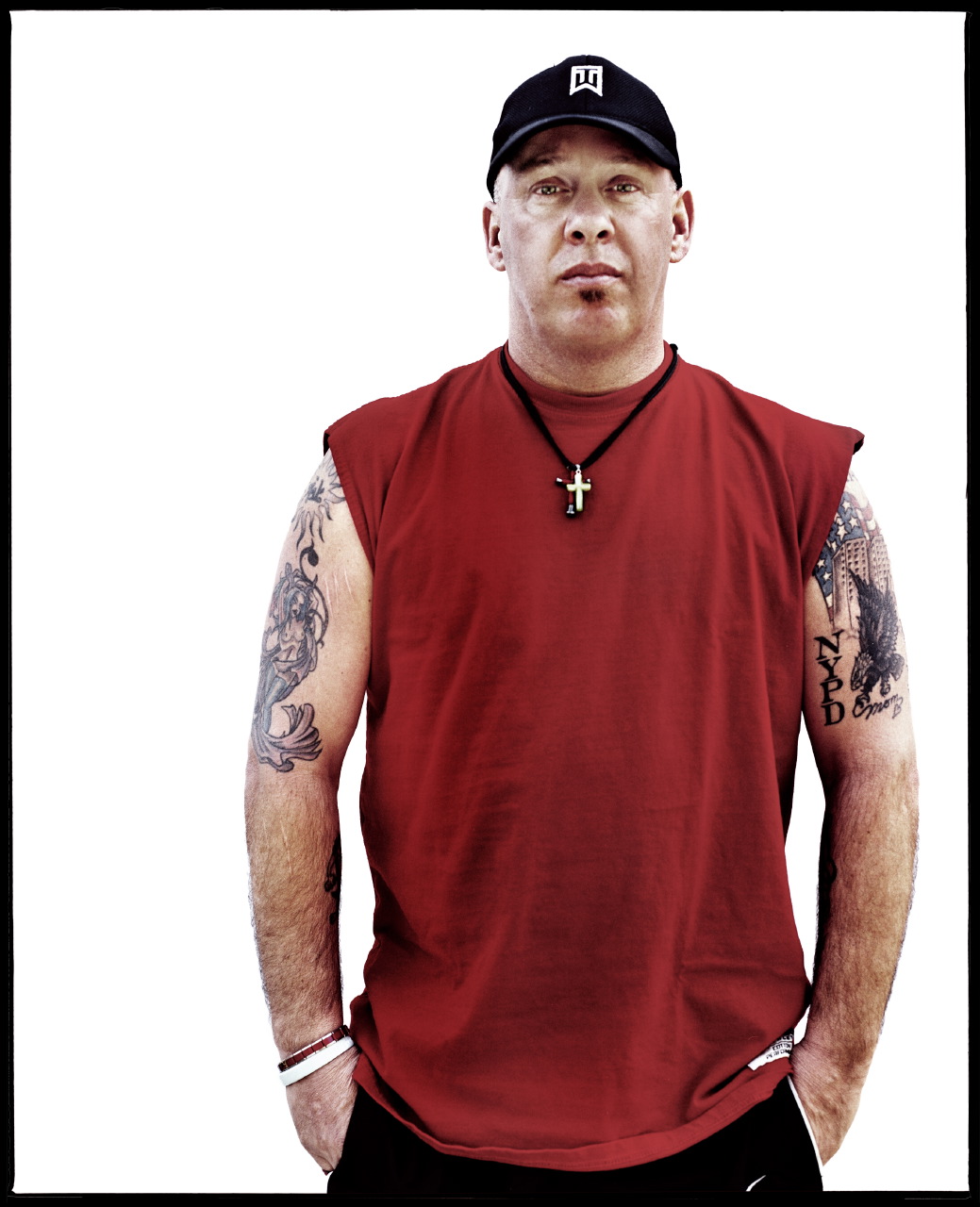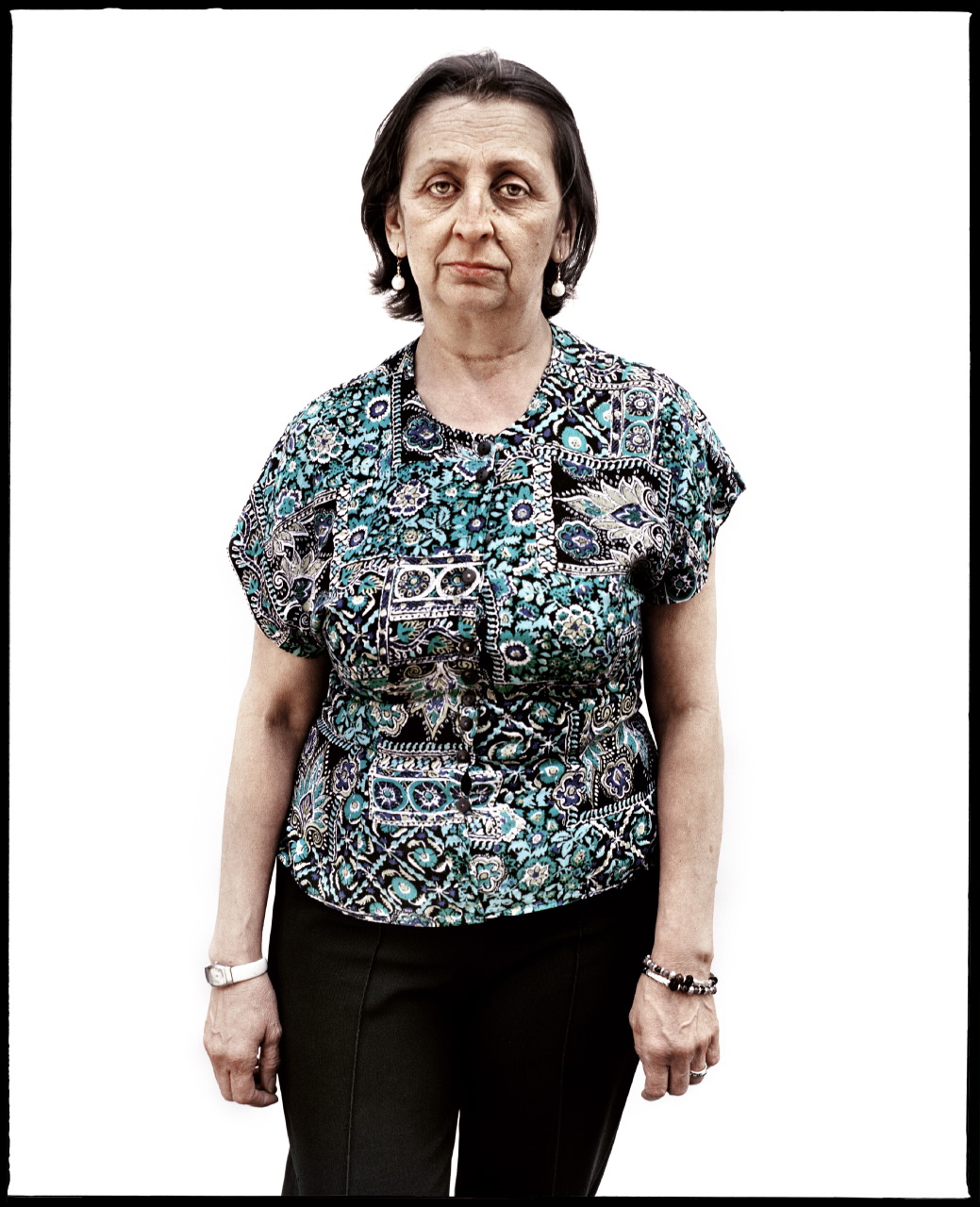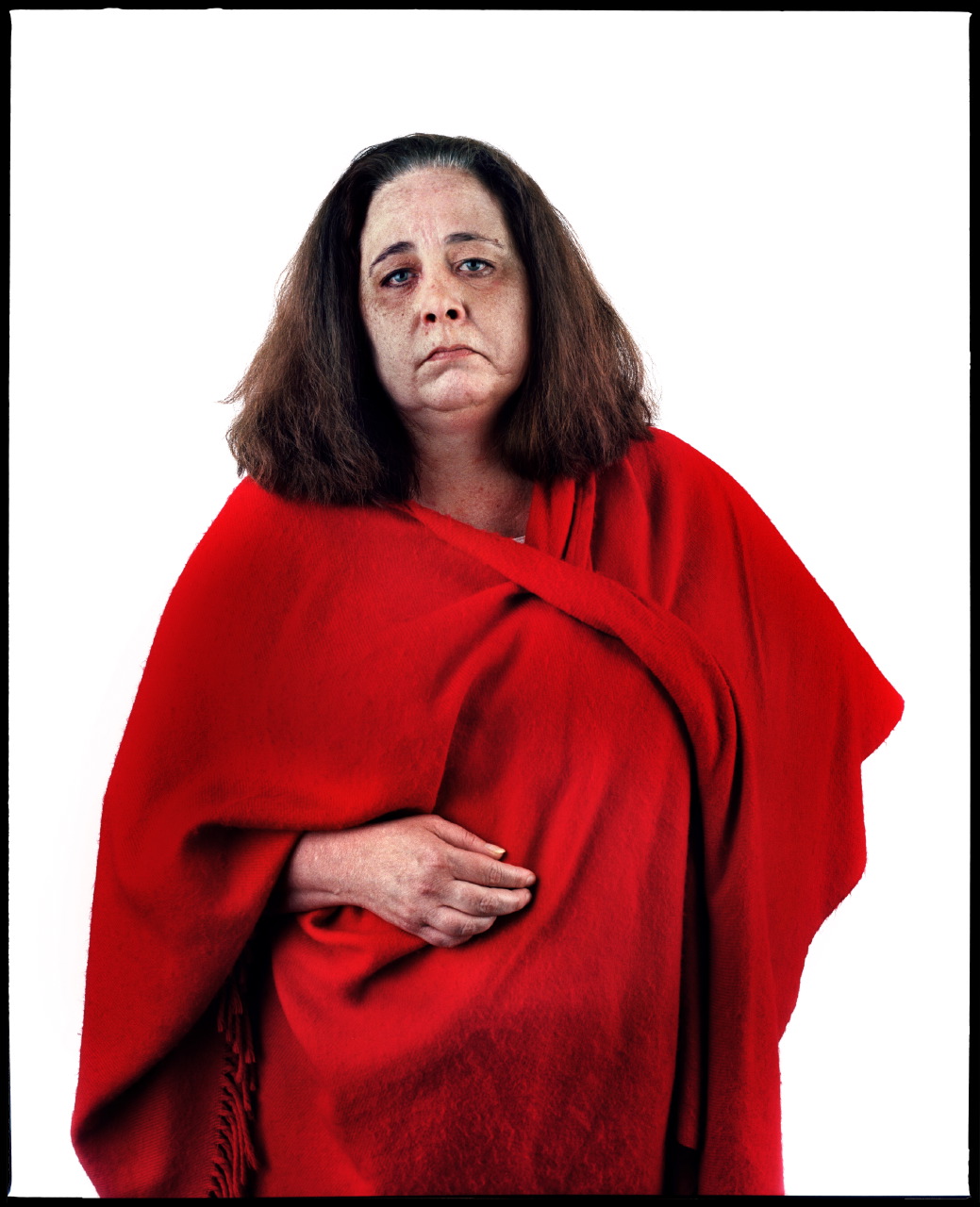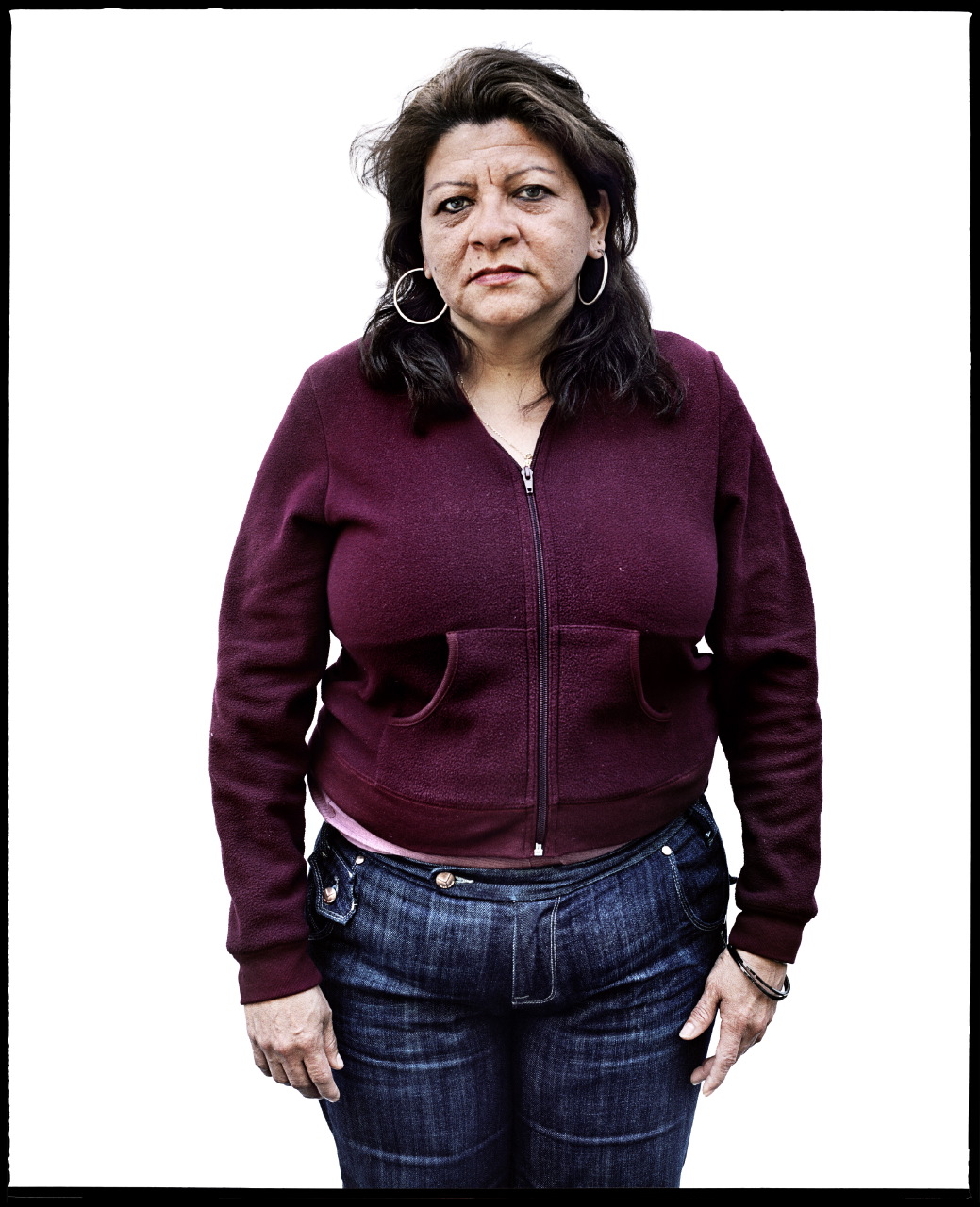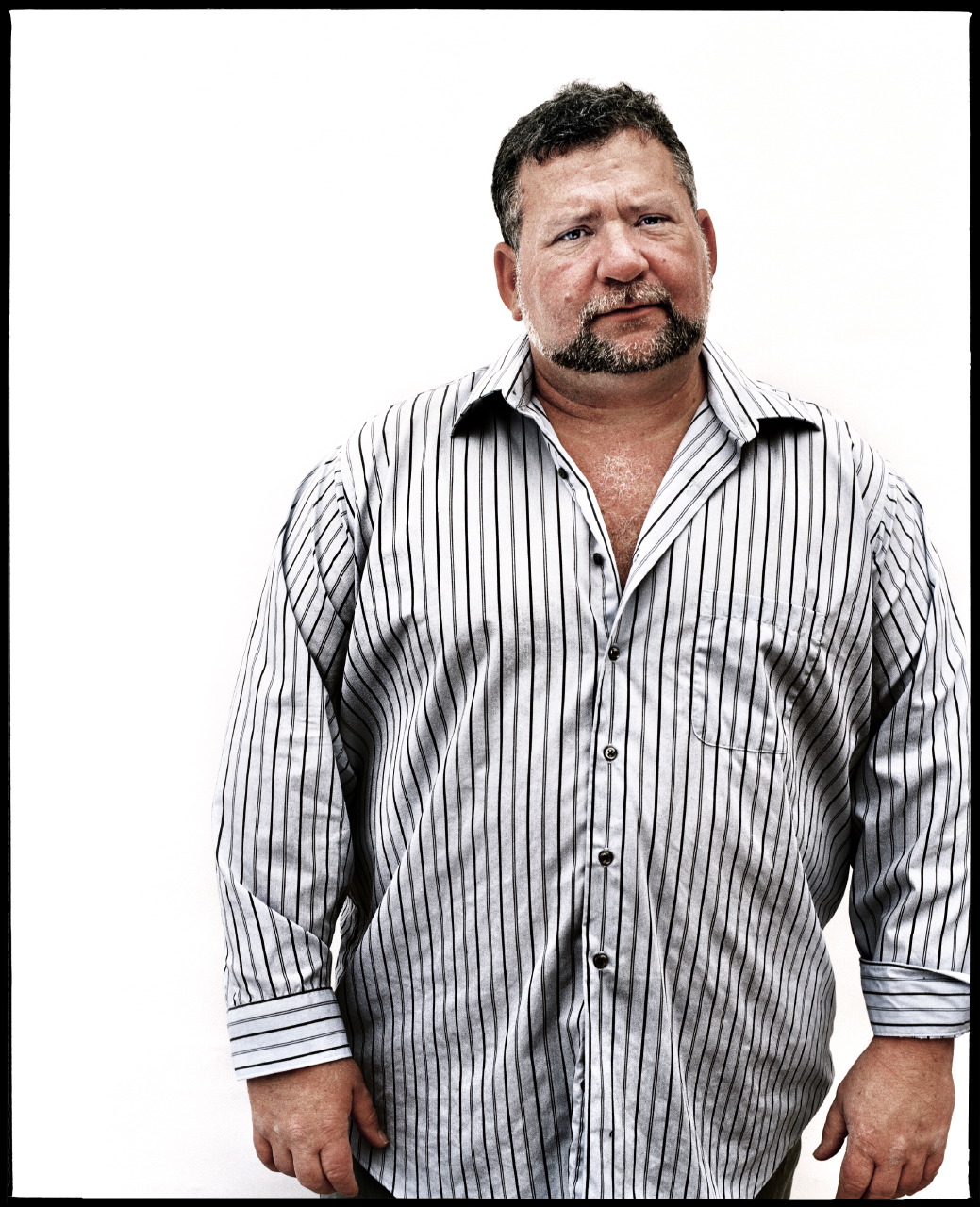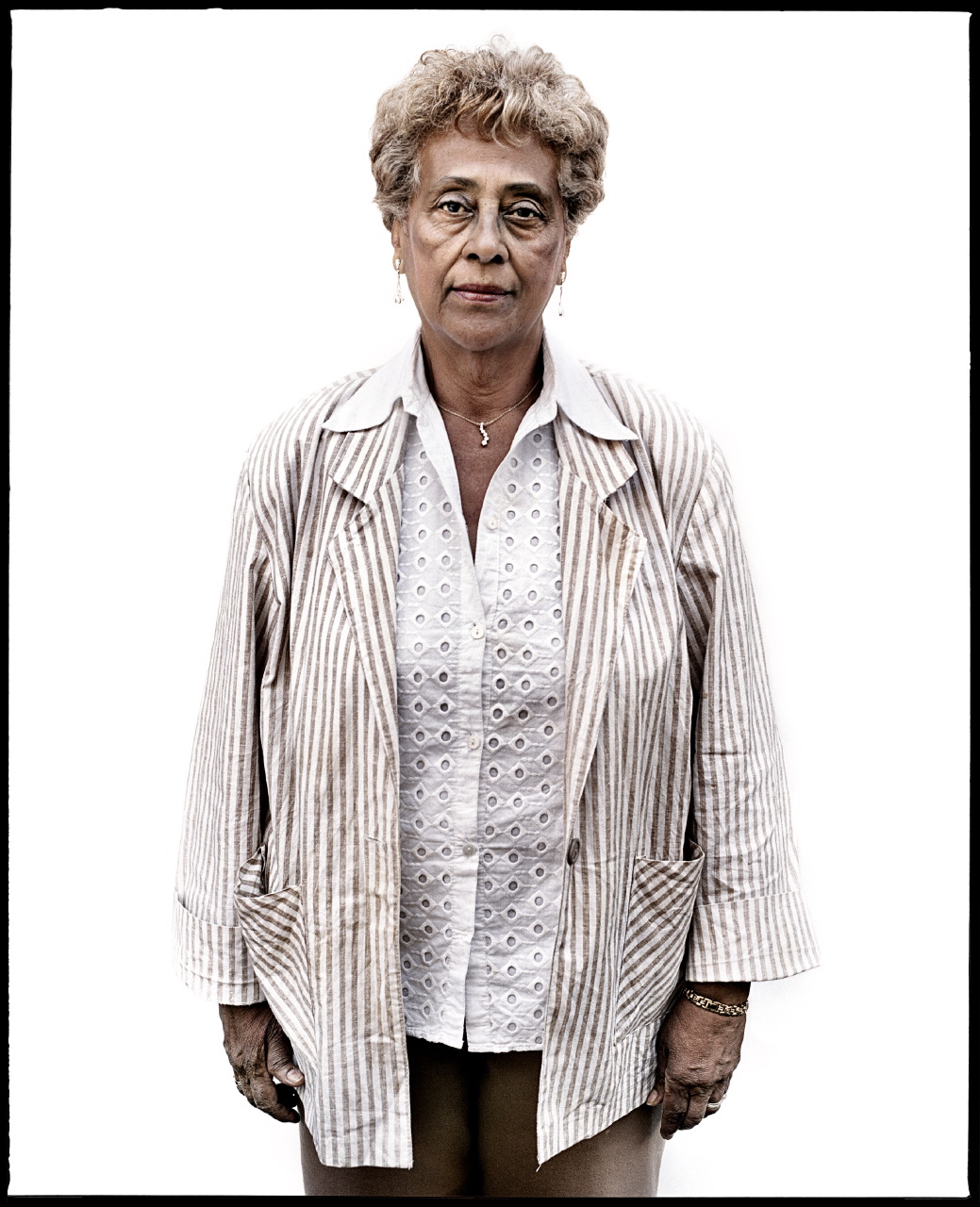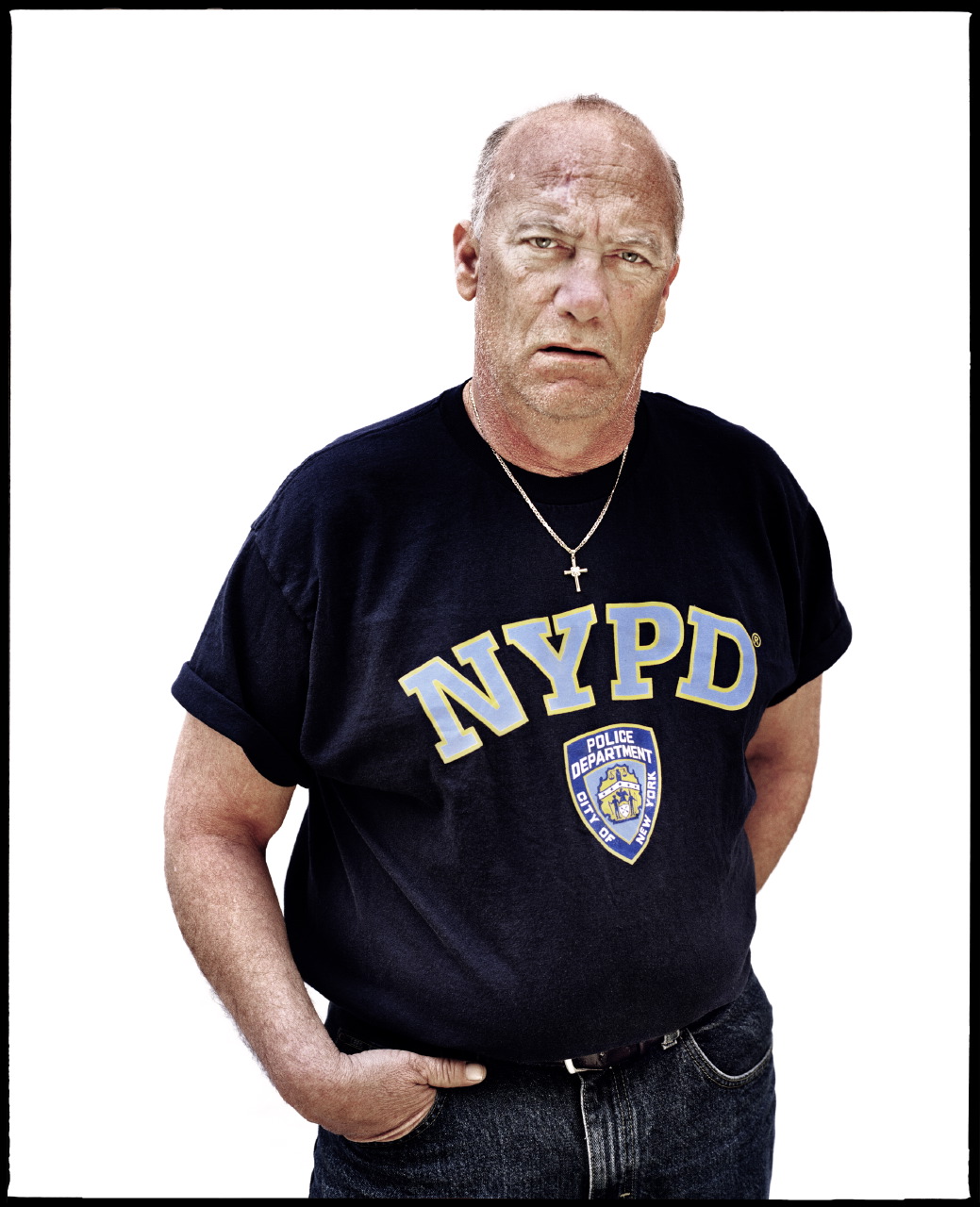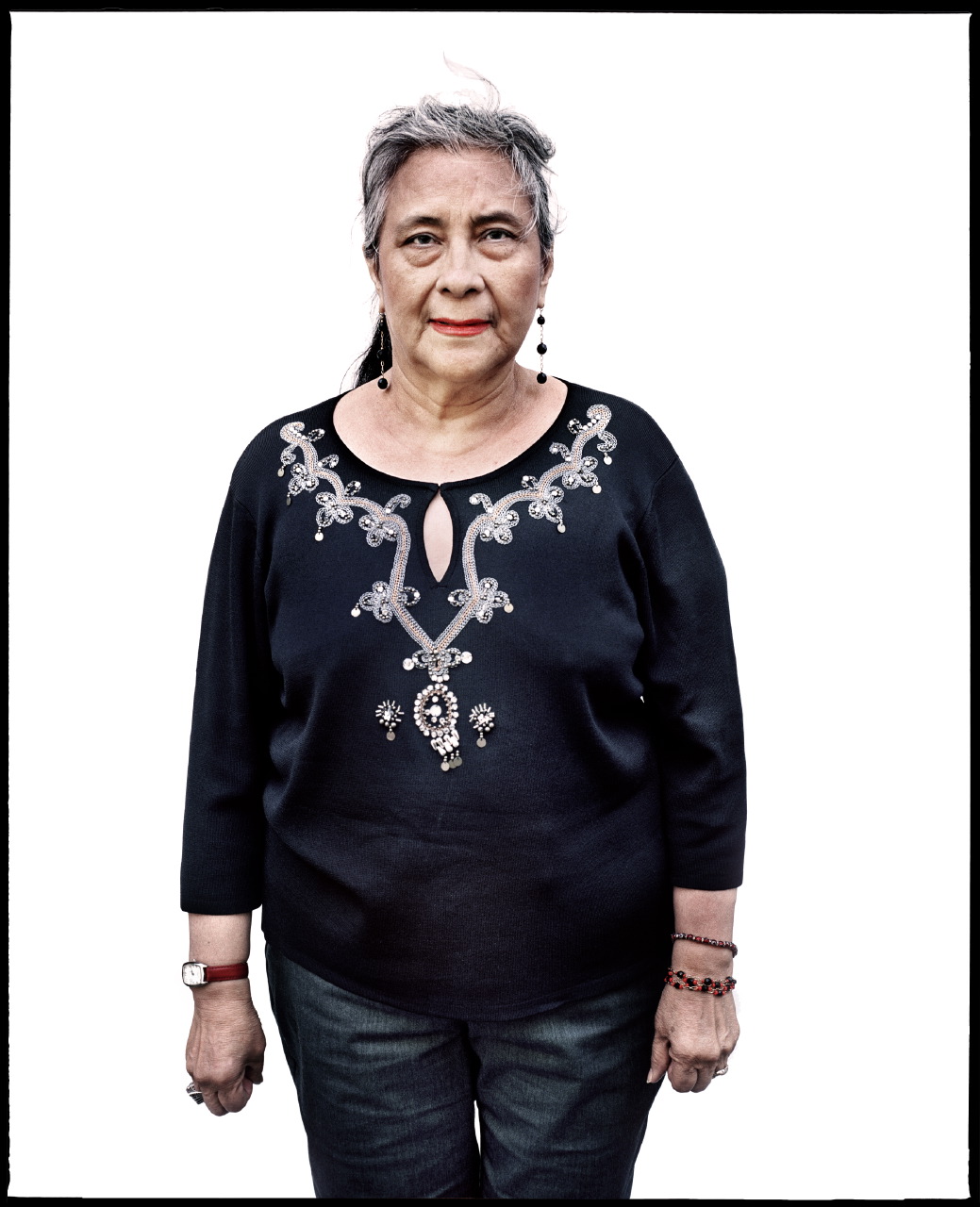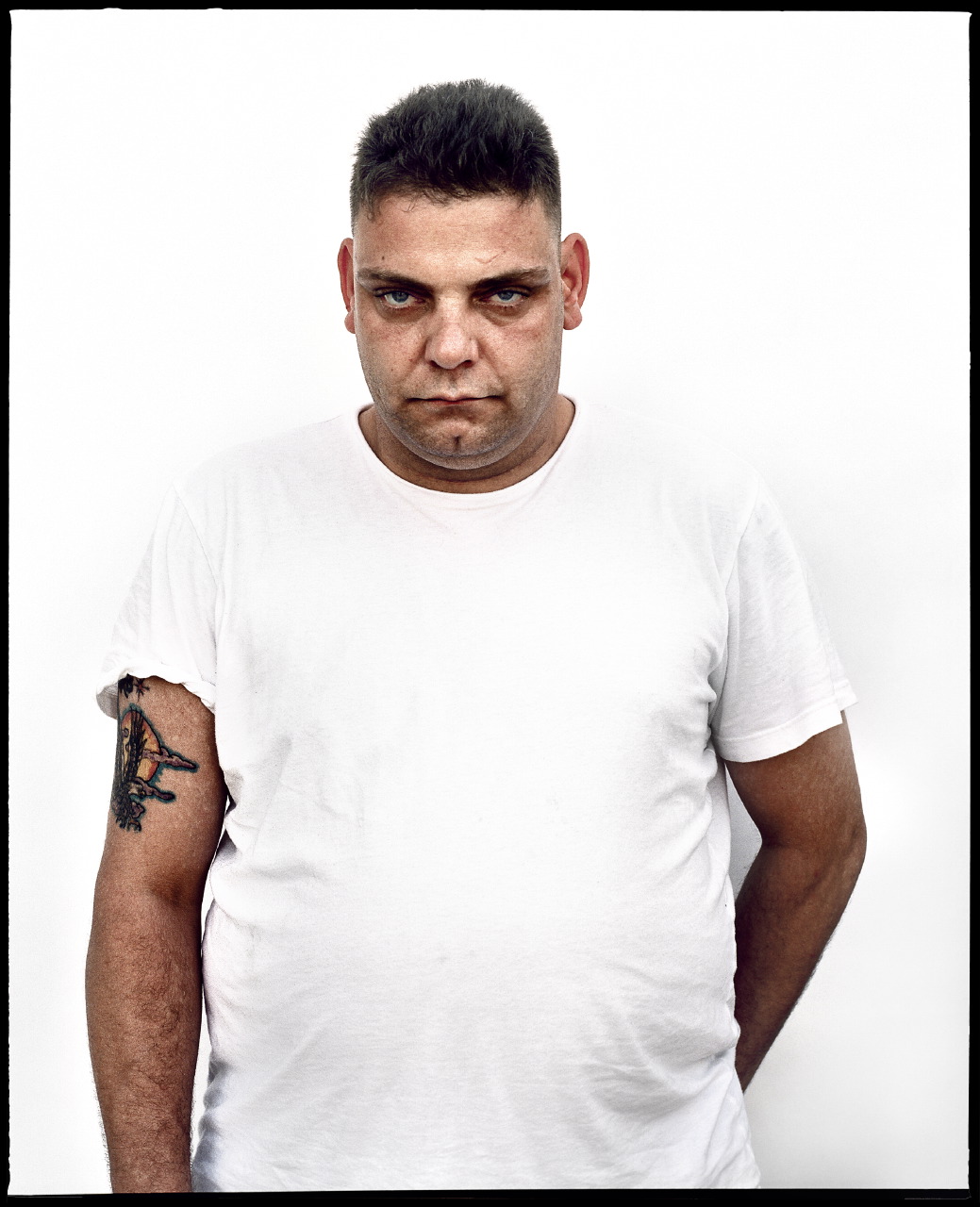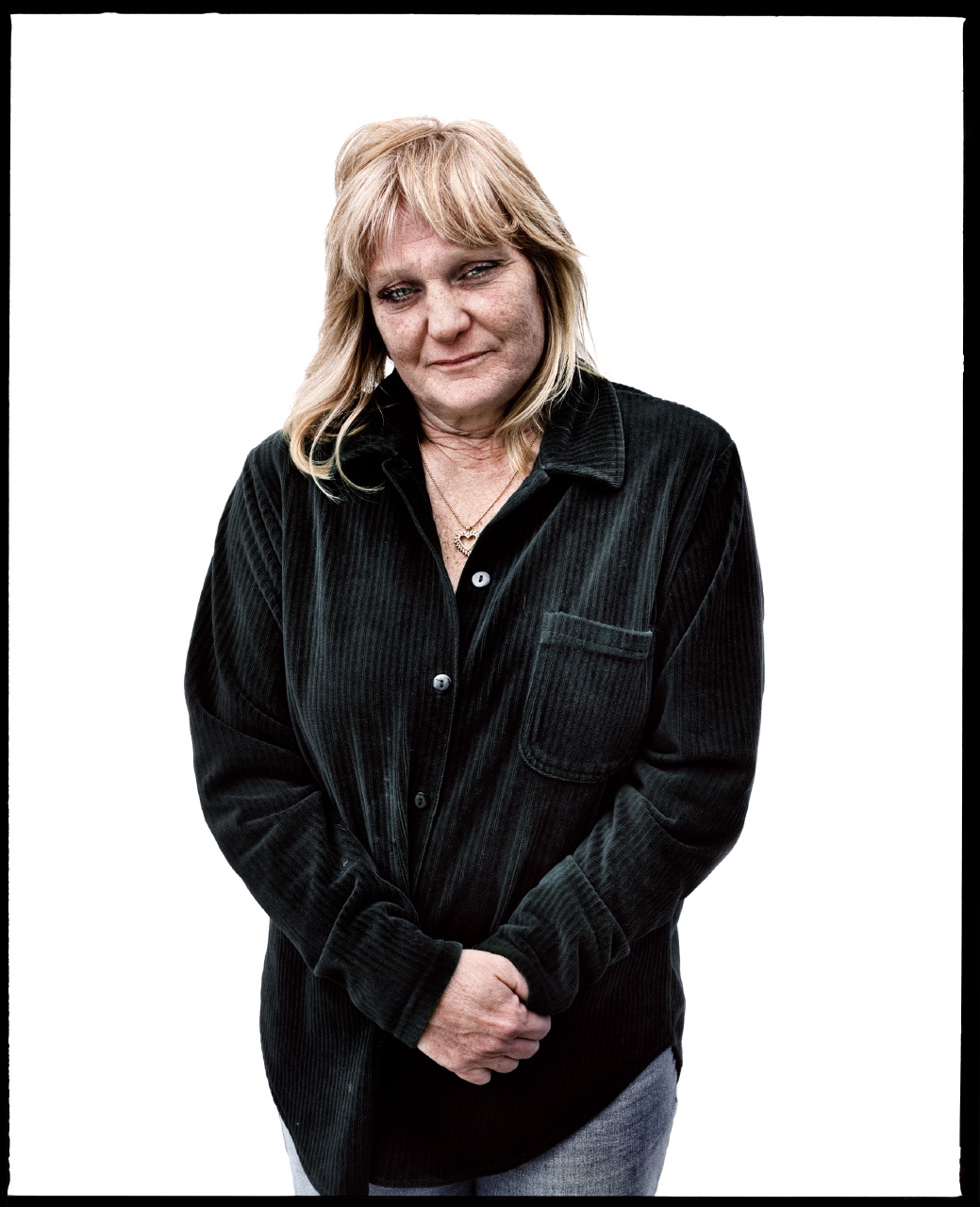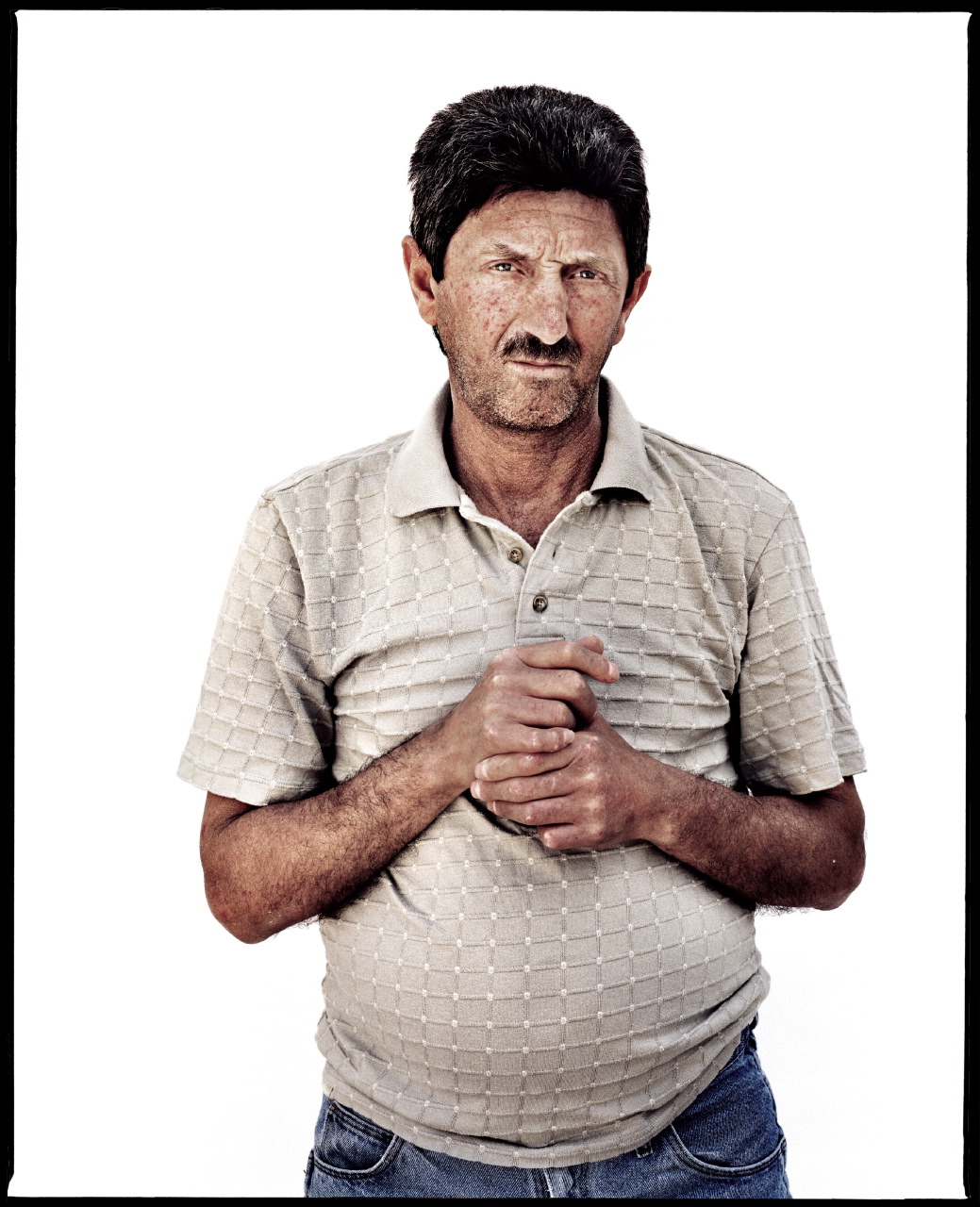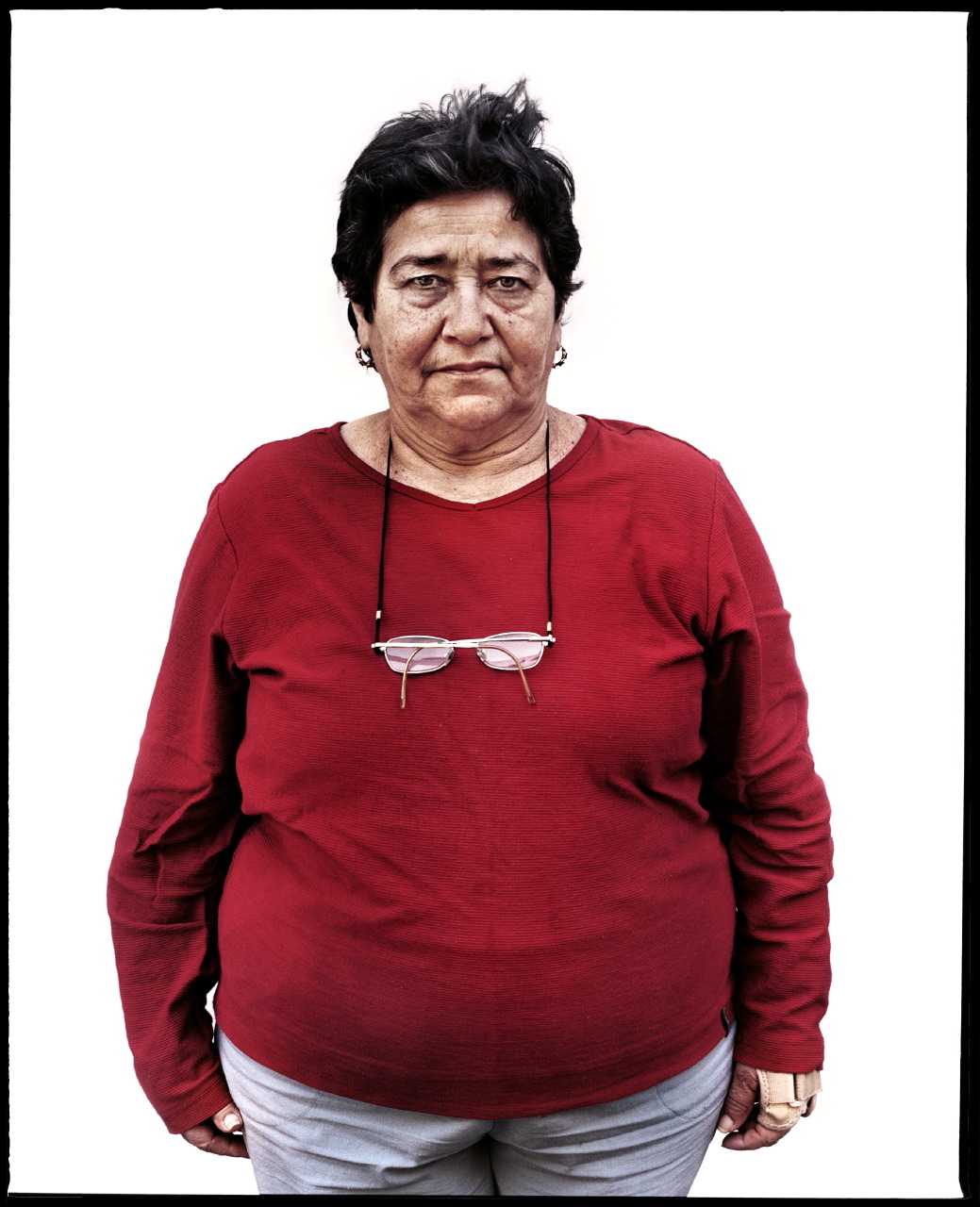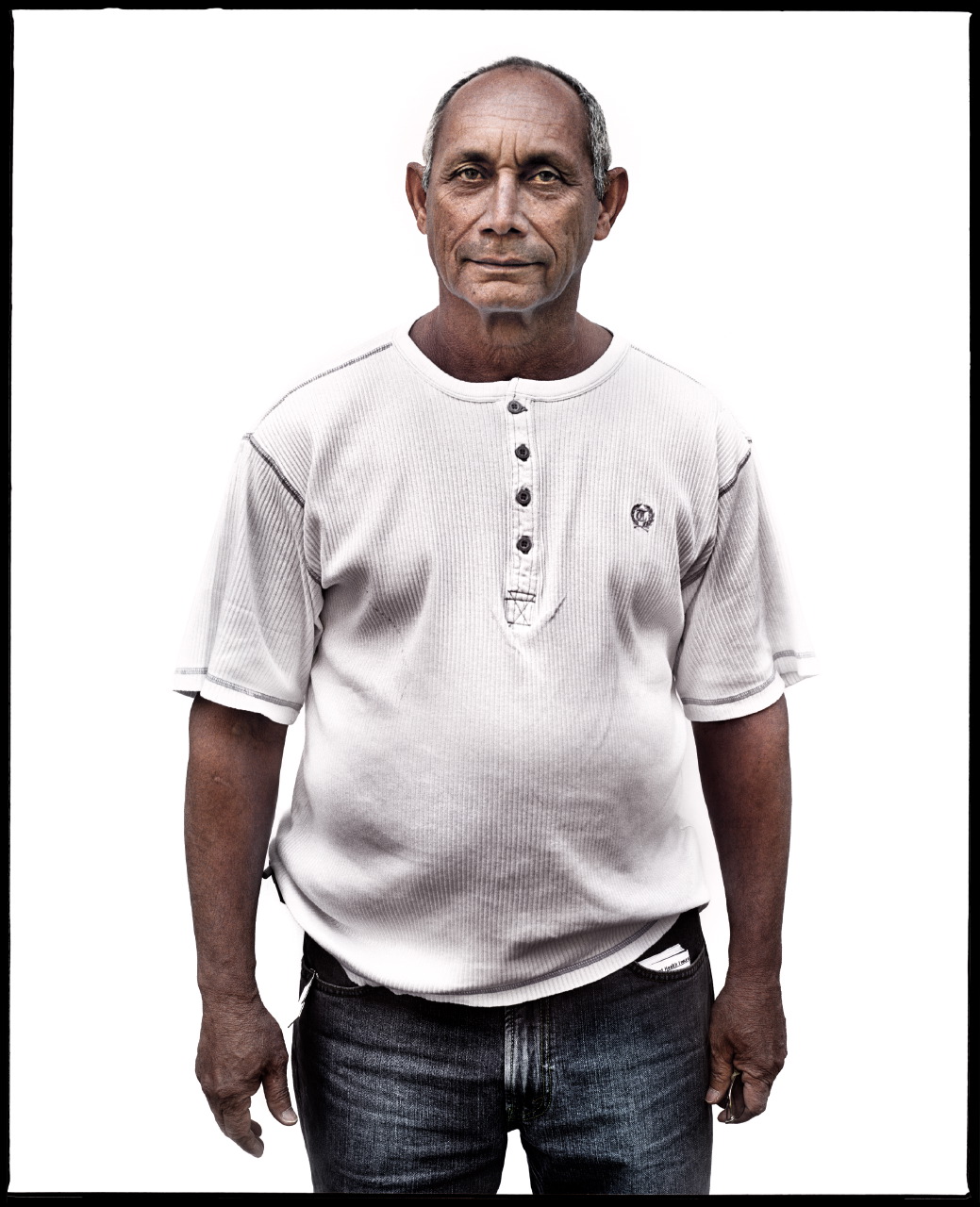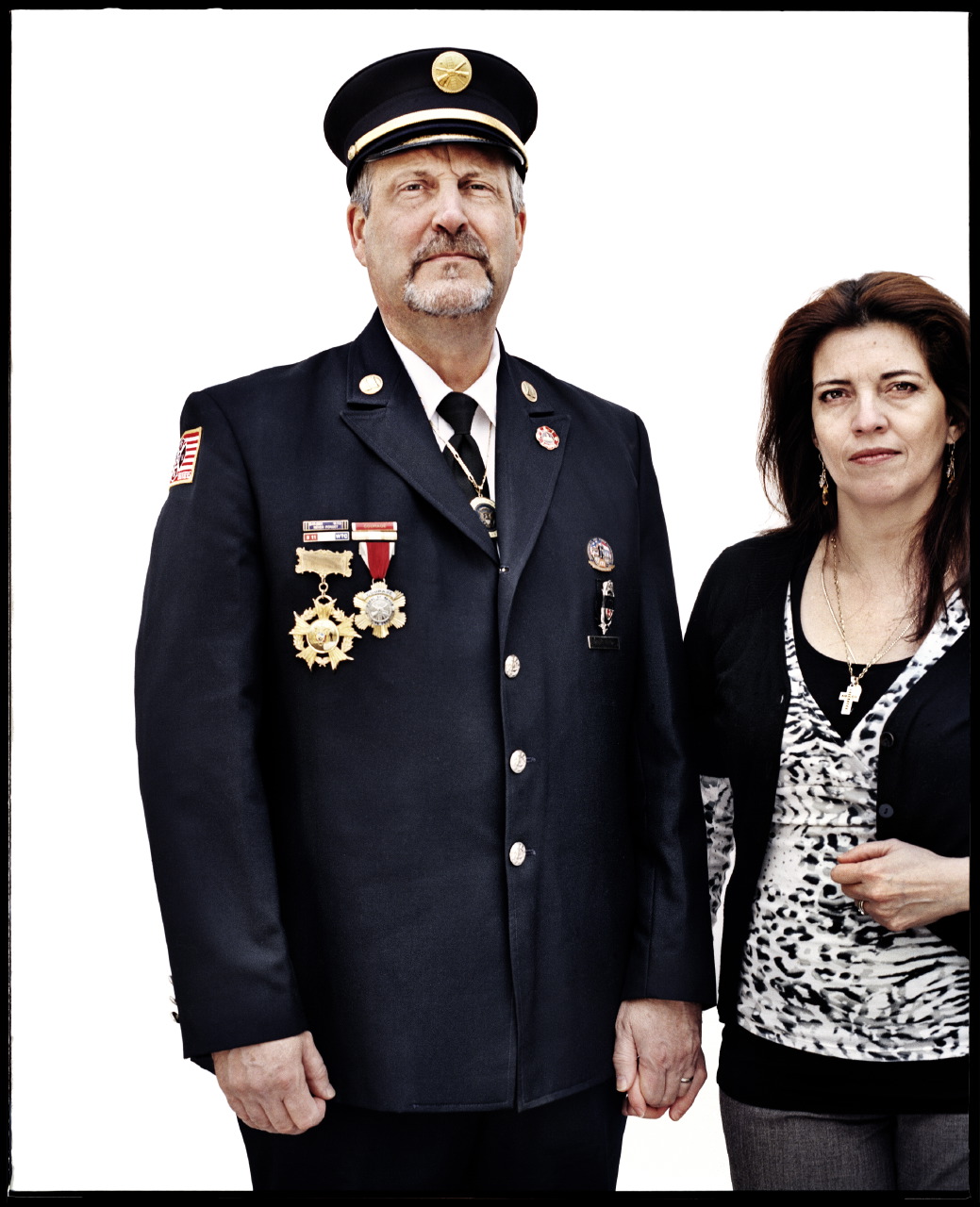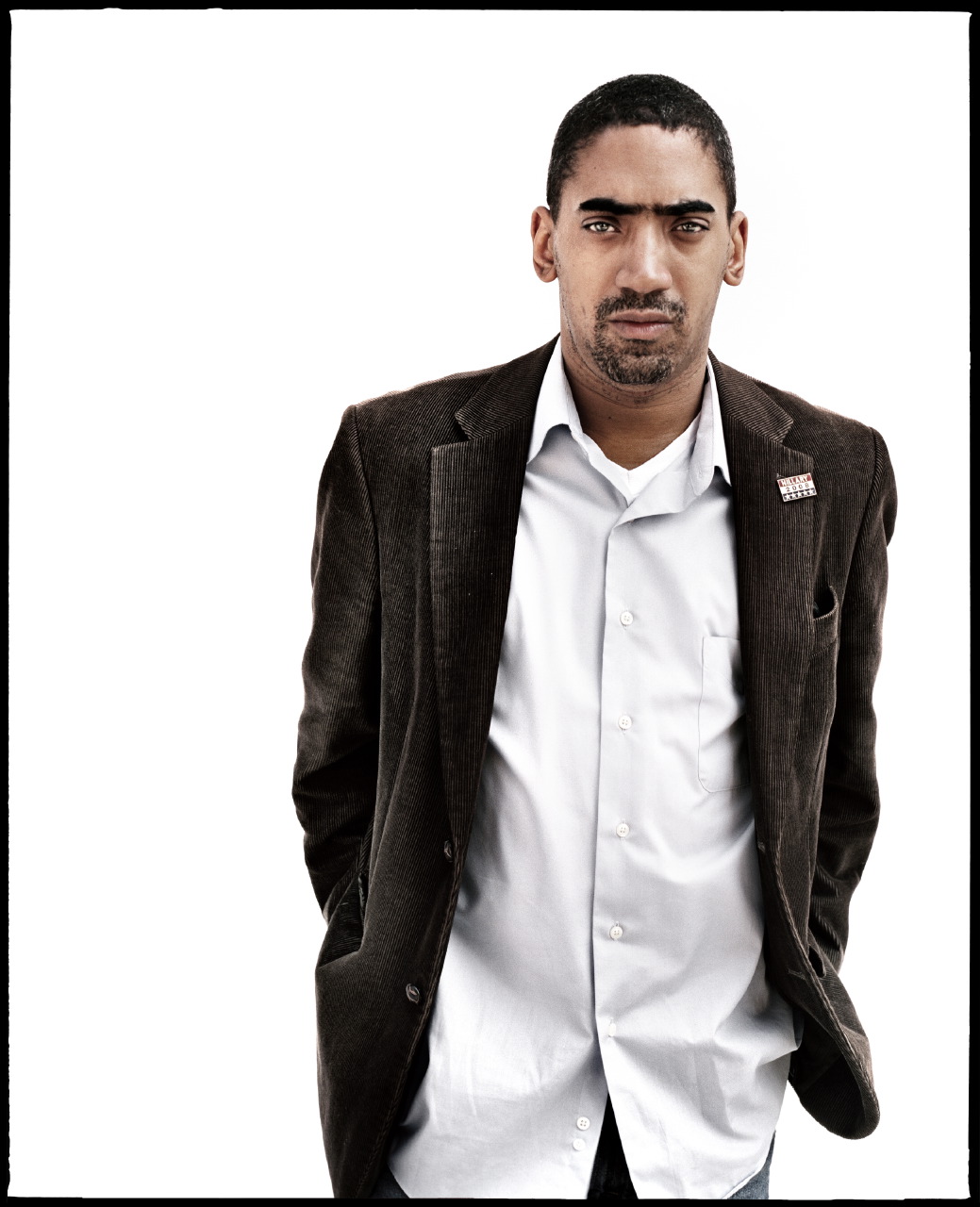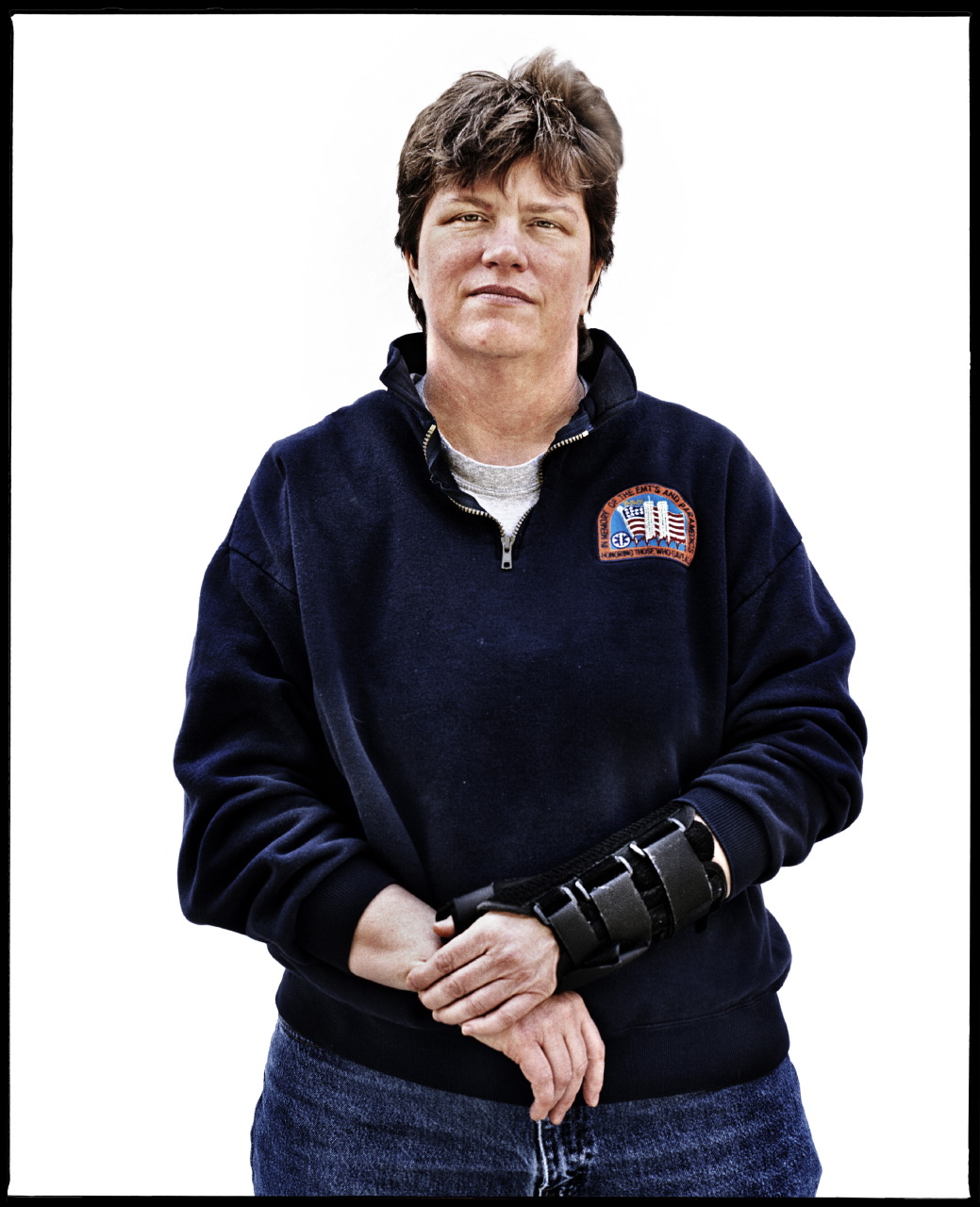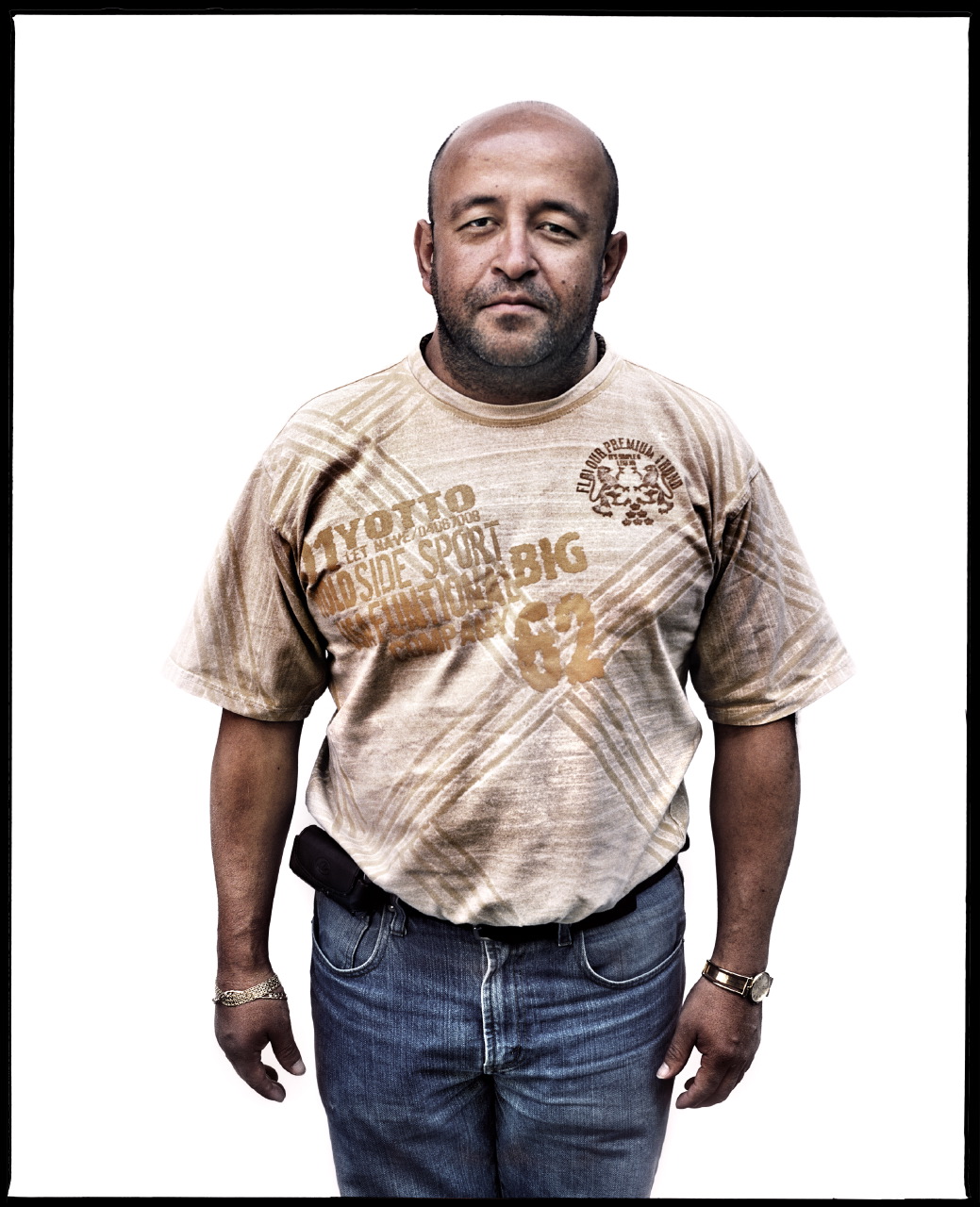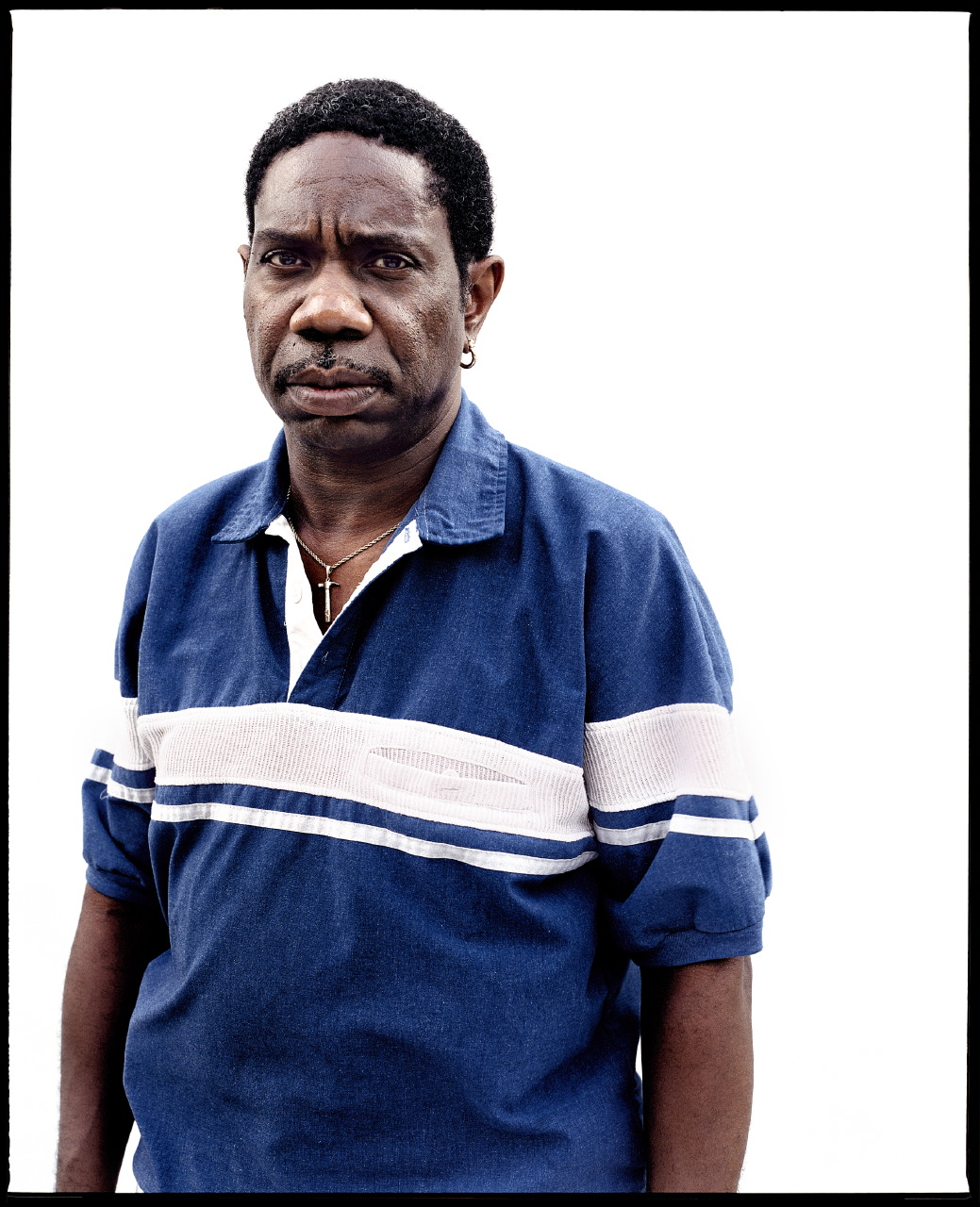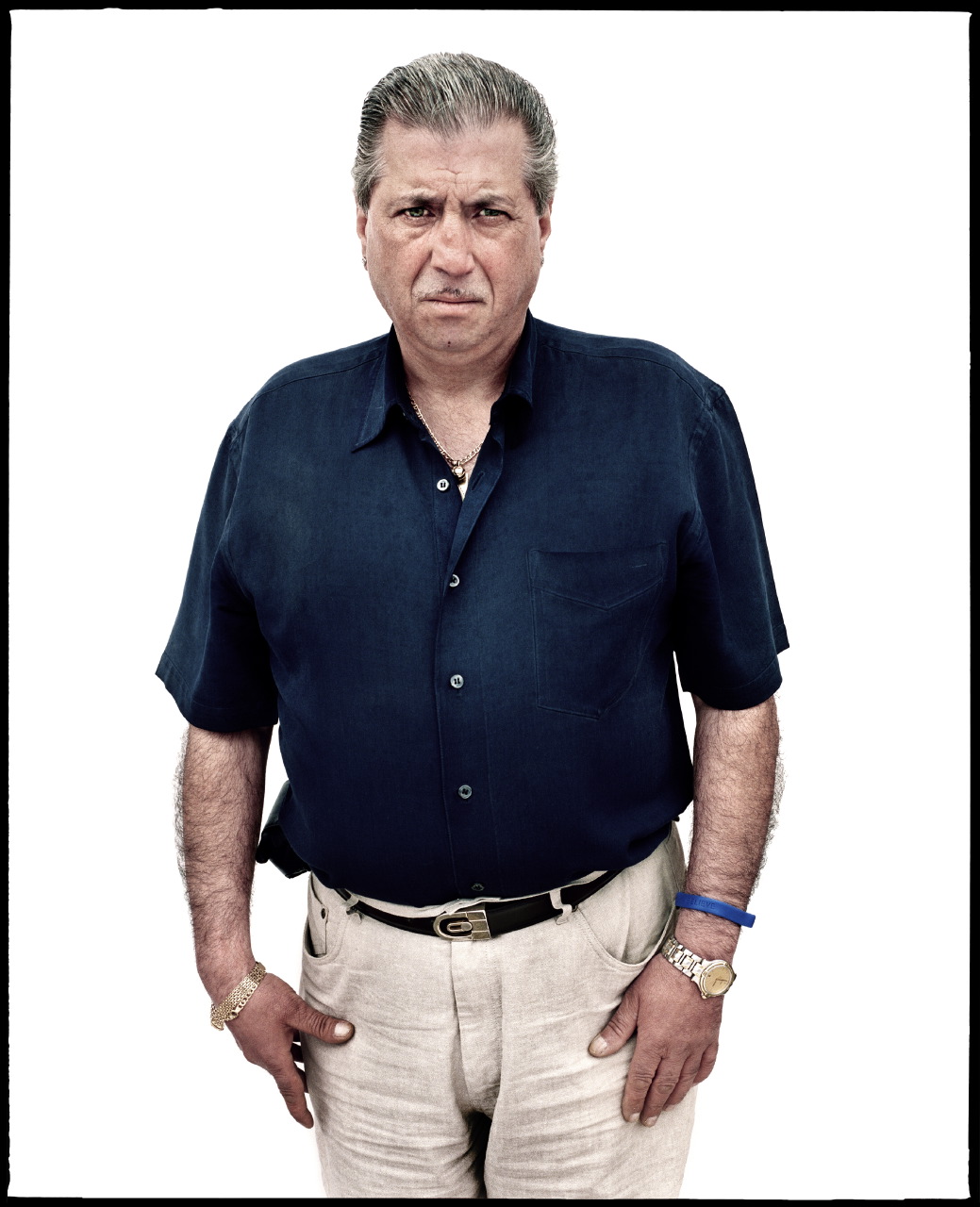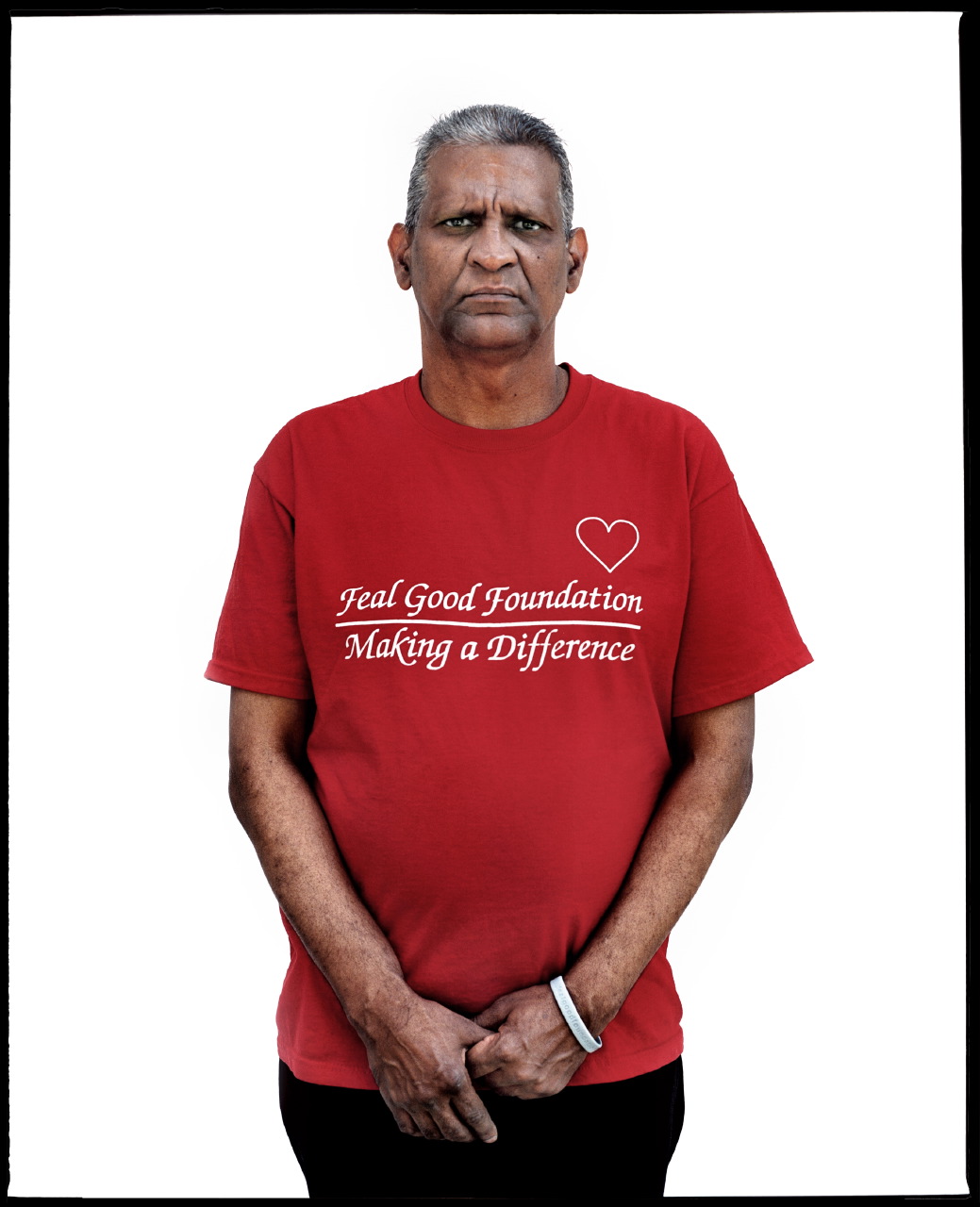ZHERO
There has been growing concern over the health effects of the September 11, 2001 attacks in the Financial District of Lower Manhattan. Within seconds of the collapse of the twin towers and Building 7 of the World Trade Center, pulverized building material, electronic equipment and furniture was spread throughout the area.
Additionally, in the five months following the attacks, dust from the pulverized buildings continued to fill the air of the World Trade Center site. Increasing numbers of New York residents are reporting symptoms of Ground Zero respiratory illnesses. The thousands of tons of toxic debris resulting from the collapse of the Twin Towers consisted of more than 2,500 contaminants, more specifically: 50% non-fibrous material and construction debris; 40% glass and other fibers; 9.2% cellulose; and 0.8 of the extremely toxic carcinogen asbestos, as well as detectable amounts of lead, and mercury. There were also unprecedented levels of dioxin and PAHs from the fires that burned for three months. Many of the dispersed substances (asbestos, crystalline silica, lead, cadmium, polycyclic aromatic hydrocarbons) are carcinogenic; other substances can trigger kidney, heart, liver and nervous system deterioration.
Although this was well known by the EPA at the time of collapse, EPA administrator Christine Todd Whitman told the public, via a press release, "We are very encouraged that the results from our monitoring of air-quality and drinking-water conditions in both New York and near the Pentagon show that the public in these areas is not being exposed to excessive levels of asbestos or other harmful substances" and that "Given the scope of the tragedy from last week, I am glad to reassure the people of New York … that their air is safe to breathe and the water is safe to drink."
More then 40.000 people has served at Ground Zero during the rescue and clean-up operation and according to the last Mount Sinai report, published on Environmental Health Perspective, 70% of the World Trade responders had new or worsened lung symptoms after the attack; among the responders who had no symptoms before the attacks 61% developed lung symptoms while working at the site; 1/3 of those tasted had abnormal lung function tests. Only 40% of the responders is covered by health insurance.
Last 14th of June 2008 Congresswoman Karen Meloni has celebrated the first official "Responder's Day" at Ground Zero talking about the fight she is carrying out in the Congress for a new law that would provide free health care for the responders and their families. Thousands of responders are making lawsuits against the City of New York to get the benefits they think they deserve. But since September 11 of 2001 we have gone from the so called “WTC cough” to chronic lung illnesses and cancer. For many doctors it could be just the tip of an iceberg and as we are approaching the seventh anniversary of 9/11 the situation doesn't seem to get to a solution easily and quickly.
Zhero is a photographic project that aims to focus on the human aspects of the 9/11 aftermath through the portraits of the people that, like paramedic and first responder Marvin Bethea says: “once where heroes and today are zeros”.
Zhero is made with the collaboration of John Feal (www.fealgoodfoundation.com), Alex Sanchez, Marvin Bethea (www.unsunghhh.us).
